Scott Manor House is a registered provincial and municipal heritage property, owned by the Halifax Regional Municipality and managed by the Fort Sackville Foundation, a Bedford local-history group and registered charity.
It provides facilities and resources for research about the local area and its inhabitants, as well as a serene escape from the hustle and bustle of life. In the summer it operates as a museum and community hub, featuring a Tea Room for your further relaxation and enjoyment.
This wonderful old home is the only full two-and-a-half story gambrel-roofed colonial building in Nova Scotia, and possibly in Canada. Its two lateral wings add to its distinctiveness.
Having different names over the years, the Manor House, as it was initially known, was built circa 1770 as the family home for Joseph Scott and his wife Margaret (Cottnam).
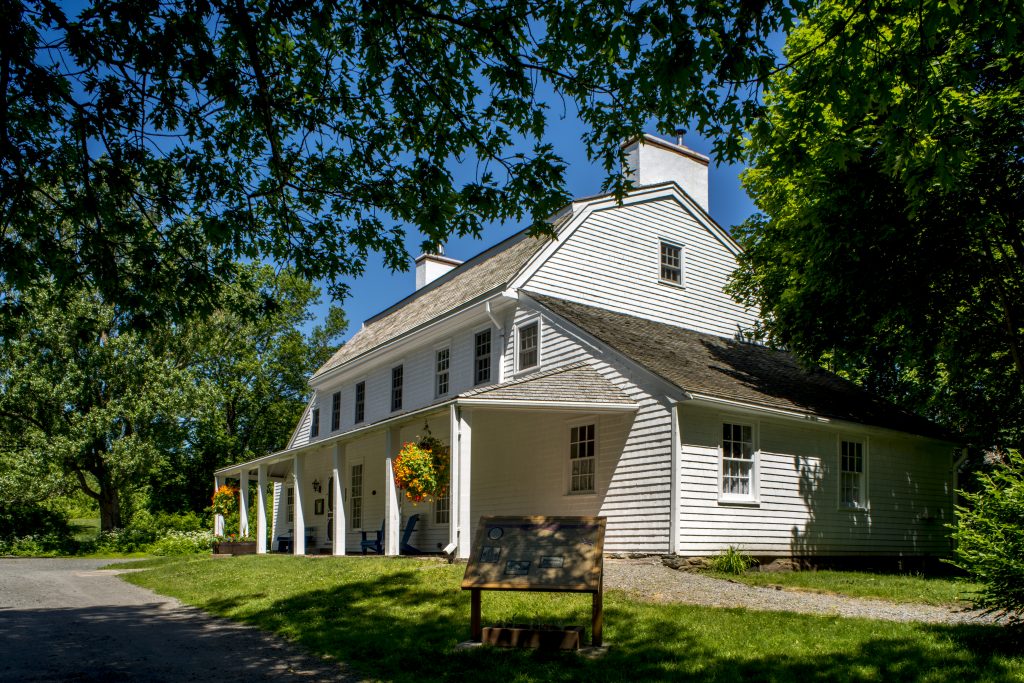
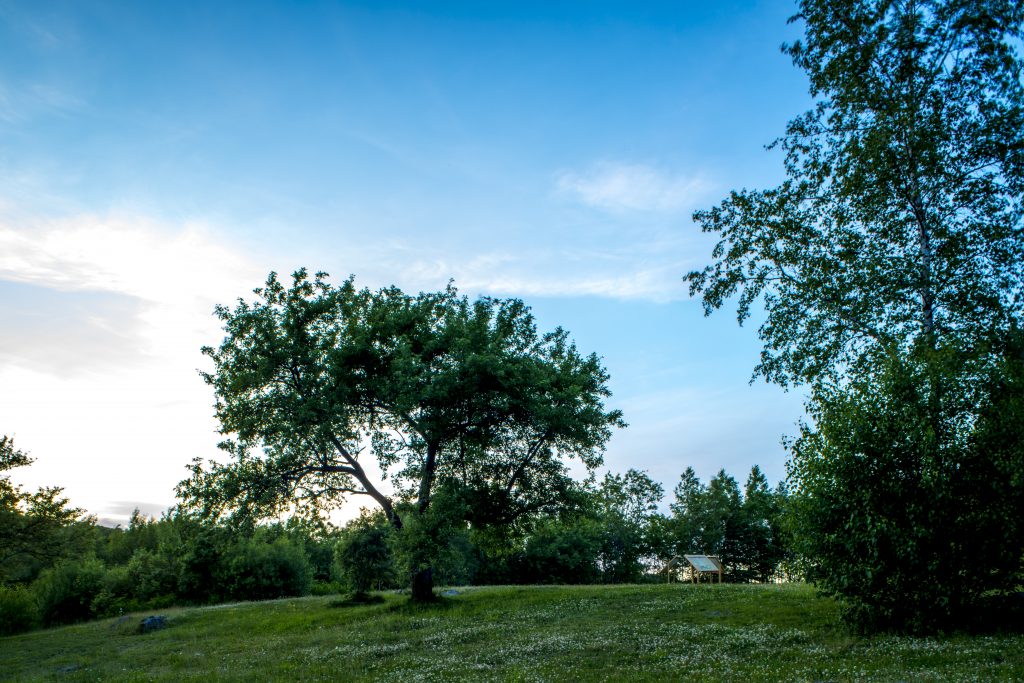
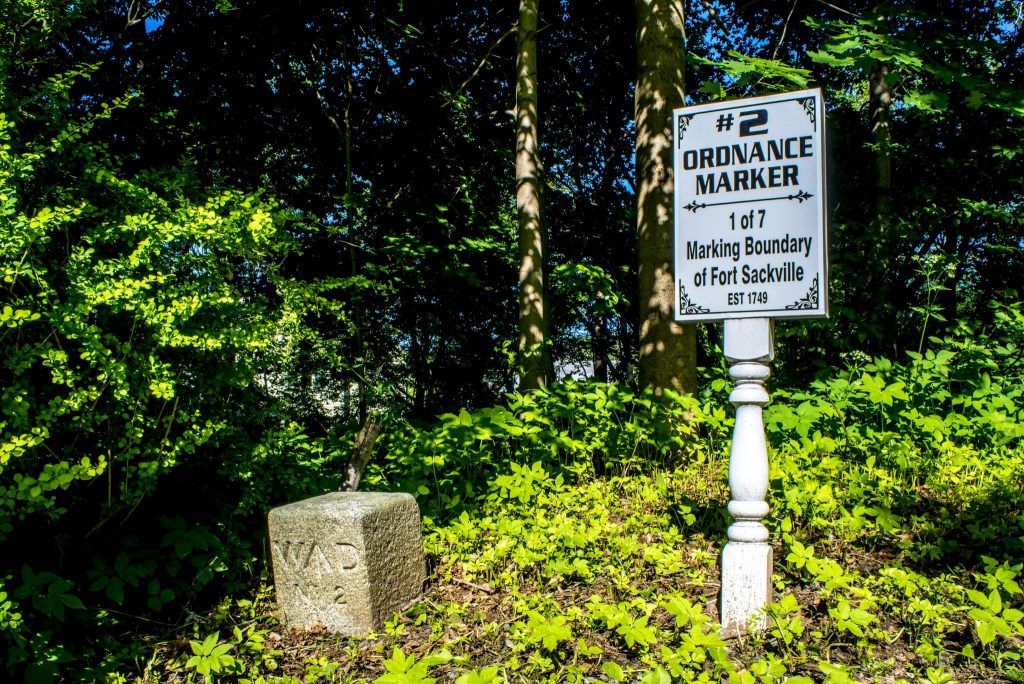
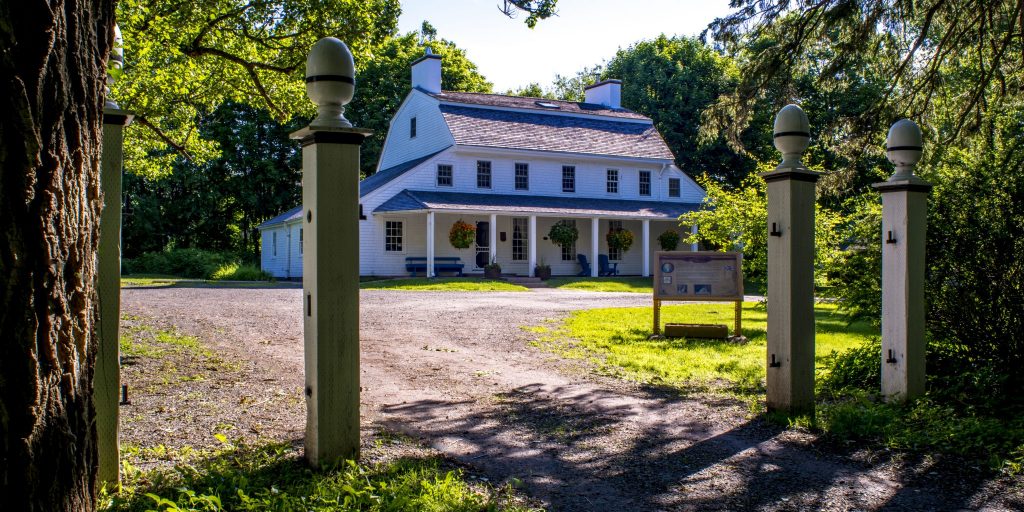
The house is located adjacent to the site of an old British Army fortification, Fort Sackville. The fort formed part of the integrated defences of Halifax. It overlooked the Bedford Basin, and commanded both the mouth of the Sackville River and the road that was then the main overland route from Halifax into the interior of Nova Scotia.
The house has some unique features besides its roof. Visible at each end of the attic is one of the two wishbone chimneys where the flues from the different fireplaces, four at the west end, and five at the east end, merge into a single chimney to take smoke high above each end of the roof. Some of the original hand-hewn beams and floor boards remain, as does the original kitchen fireplace and bake oven. There is a full cellar, with walls made of fieldstone. In it you can see the massive stone bases for the stacked fireplaces, as well as remnants of various renovations that have taken place during the 250+ years of the house’s existence.
Joseph Scott was an Irish settler who arrived in Halifax in 1749 with Edward Cornwallis. He was a merchant who later received several land grants, establishing saw mills and a grist mill on the Sackville River. He was appointed as a lumber surveyor, a justice of the peace, and a judge of the inferior court of common pleas, and was elected as a representative to the House of Assembly for Kings County. He also served in the militia.
After Joseph Scott’s death in 1800, his house and lands had several owners. One owner, George Lister, shaped the community by selling some of the land as building lots in Bedford’s first subdivision in 1856, after the railway arrived. At the time of Confederation, the manor house was used as Willow Park Summer Hotel. The Ternan family lived at Scott Manor House the longest (from 1870 to 1945), adding a portion of the adjacent Fort Sackville site to the property in 1906. The next owners, Richard and Elsie Churchill Tolson restored the house, saving this important piece of Nova Scotia’s construction heritage. The Town of Bedford bought the property in 1992, after which it was named “Scott Manor.”
Open to the public in the summer, visitors can tour the house and enjoy the grounds, visit exhibits, and access local history resources.
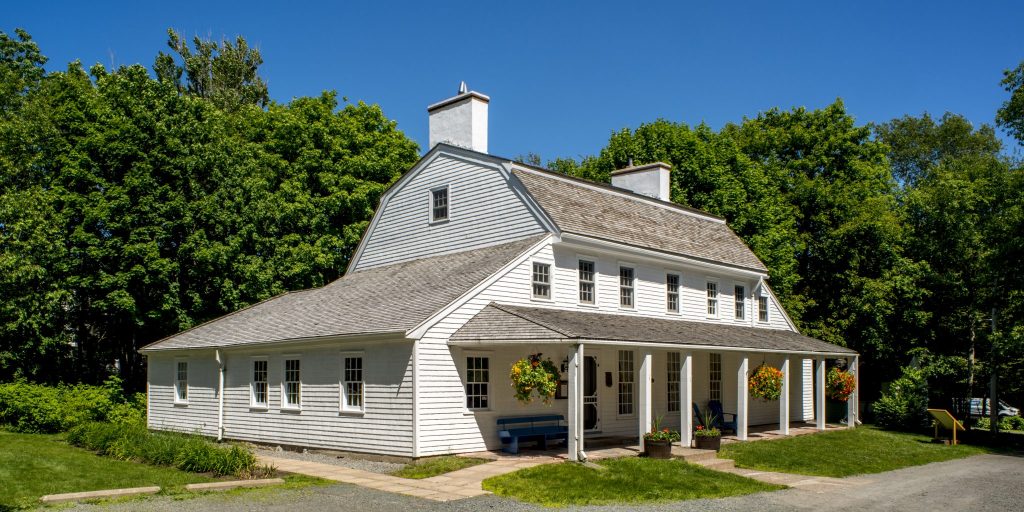
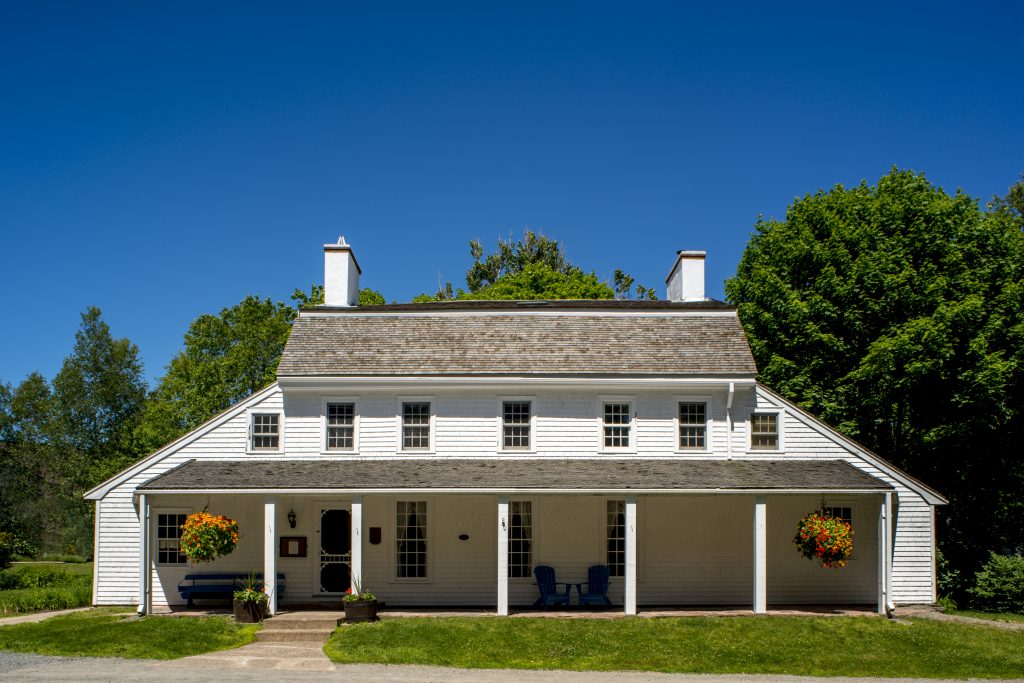
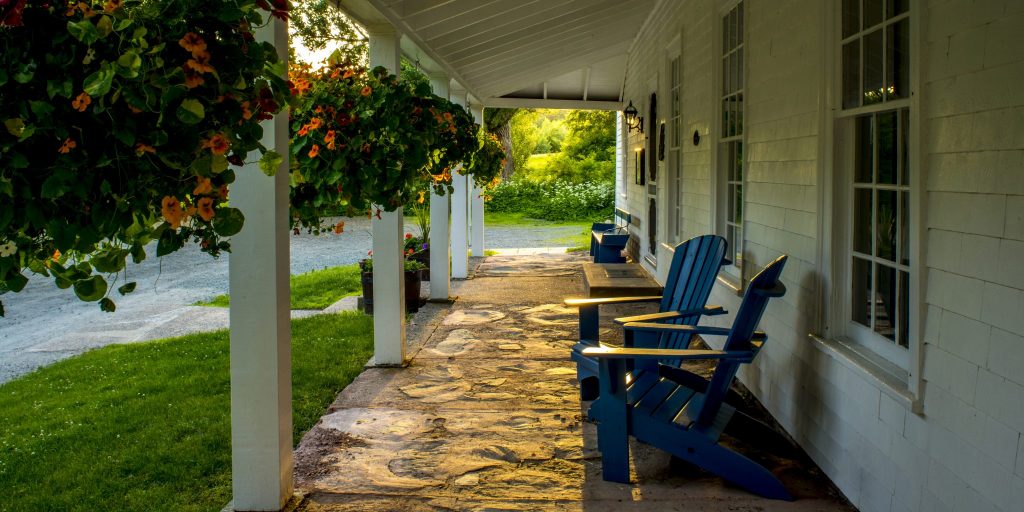
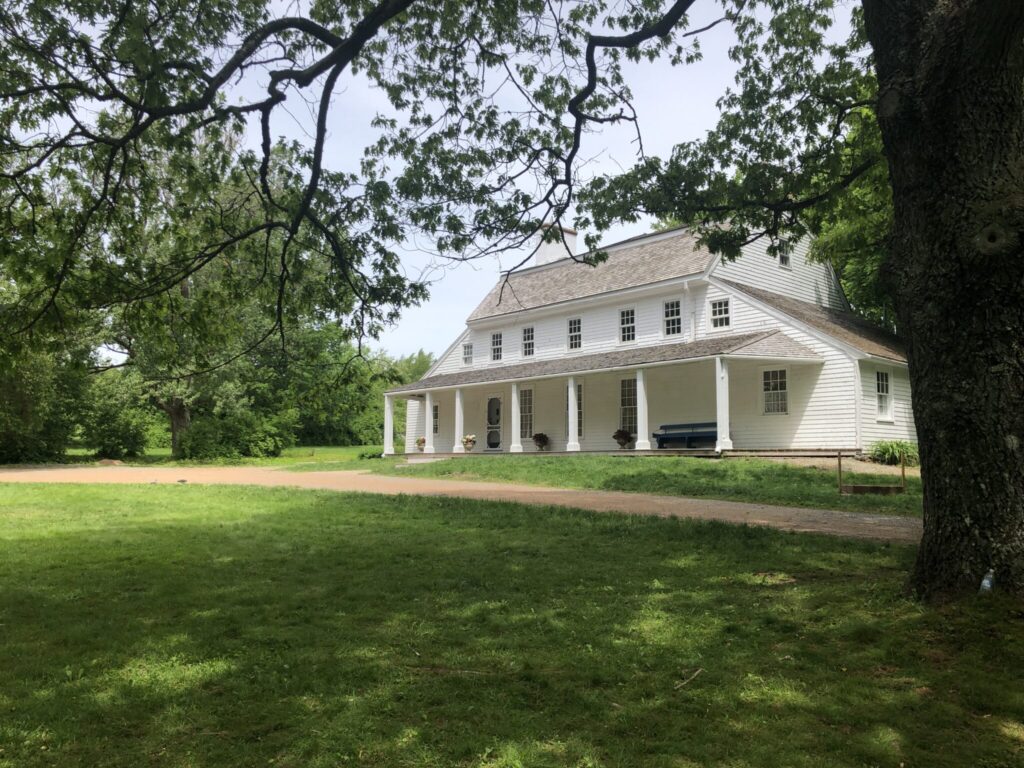
If you would like to see Scott Manor House from a different viewpoint, the video Scott Manor House is available for all to see on East Coast Amateur Aerials’ YouTube Channel. Be prepared to be spellbound by the airborne trip above, around, and over this graceful and enduring home.
